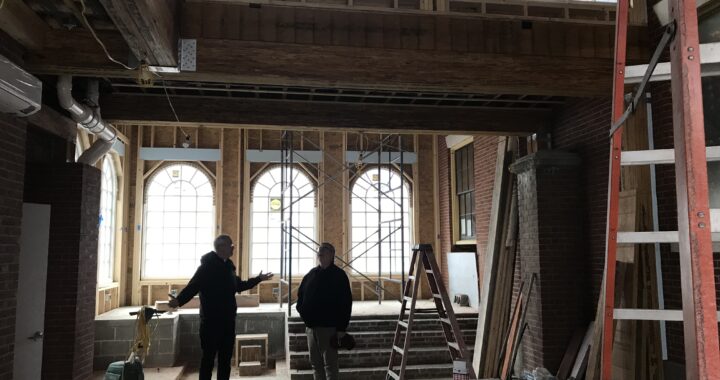This year, the TENS (The Episcopal Network for Stewardship) theme for Annual Giving Campaigns is More Than Enough, based on the miracle story of the feeding the 5,000 as told in Luke 9.
Imagine the varied stories of those in the crowd of 5,000 people who tracked down Jesus in the countryside to hear his message. Some were likely people “brought up in the church,” familiar with scripture, while others might never have stepped inside a temple. Some might have been searching for inspiration to deepen their spirituality, while others were desperately seeking physical or emotional healing. Even with their different stories, they all left sharing one big miraculous story.
Every congregation has its own set of stories exemplifying that no matter what brought each of us to our church home originally, together with those in our faith community we now share one big miraculous story of love, inclusion, and salvation.
Through our stories, we see God’s abundant love being shared through the ministries of our church, all of which are possible because of generous gifts of wisdom, time, and resources that come from those in the pews – just as people on that countryside likely dug into their own provisions to share with their neighbors.
Stories can be a powerful part of any stewardship ministry. As we emphasize Annual Giving, Planned Giving or a Capital Campaign, stories highlight our ties to each other and strengthen resolve to love and support the church.
Jesus’ time on earth exemplifies one of the most beautiful realities of our faith: Our Creator knows our stories and craves a close relationship with each of us. In return, we are called to love and trust that what God provides will be more than enough.
-Linda Buskirk



